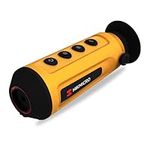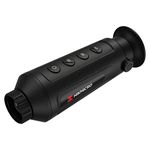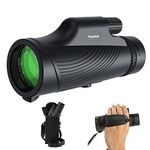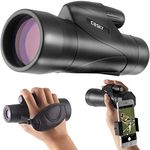10 bestThermal Monocularsof January 2026
112M consumers helped this year.
1
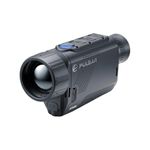
Pulsar Axion XG35 Compact Thermal Monocular
Pulsar

9.8
2
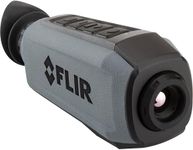
FLIR Scion OTM 9Hz Thermal Imaging Monocular
FLIR

9.6
3
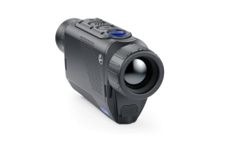
Pulsar Axion XQ30 Pro - Thermal Monocular
Pulsar

9.3
4
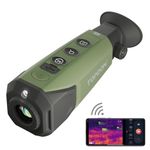
TOPDON TS004 Thermal Monocular, 13mm 320x240 (50 Hz) Night Vision, 11-Hour Battery Life Vision, IP67 Waterproof Thermal Imaging Monocular for Hunting, Supported Wireless Connection
TOPDON

9.1
5% off
5
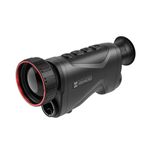
HikMicro Condor Pro LRF 50mm Thermal Monocular
HIKMICRO

8.8
Other
6

Pulsar Axion XM30F thermal imaging monocular
Pulsar

8.5
7
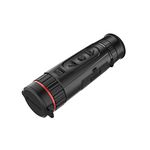
HIKMICRO Falcon FH35 Thermal Camera
HIKMICRO

8.2
8
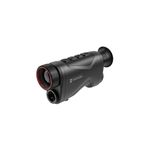
Hikmicro - HIKMICRO Thermal Vision Monocular - Condor CQ35L Laser Rangefinder
HIKMICRO

7.9
9

ATN BlazeHunter Thermal Imaging Monocular (640x512; 2.5-20x)
theOpticGuru

7.7
10

HIKMICRO Monoculaire de vision thermique Lynx Pro LH15
HIKMICRO

7.4
A Guide to Selecting the Best Thermal Monoculars
When choosing a thermal monocular, it's important to consider how and where you plan to use it. Thermal monoculars are devices that detect heat signatures and are useful for a variety of activities such as wildlife observation, security, and search and rescue operations. Understanding the key specifications will help you select a model that best fits your needs, whether you're a hobbyist or a professional.
Resolution
Resolution in thermal monoculars refers to the number of pixels in the thermal sensor. A higher resolution provides a clearer and more detailed image, which is crucial for identifying objects at a distance. Resolutions can range from low (160x120) to high (640x480) and beyond. If you need to identify small details or objects at long distances, opt for a higher resolution. For general observation or close-range use, a lower resolution may suffice.
Detection Range
Detection range is the maximum distance at which the monocular can detect a heat source. This is important for determining how far you can see with the device. Detection ranges can vary from a few hundred meters to several kilometers. Consider your typical observation distance; if you need to spot objects far away, choose a monocular with a longer detection range. For closer activities, a shorter range will be adequate.
Refresh Rate
The refresh rate indicates how often the image is updated per second, measured in Hertz (Hz). A higher refresh rate results in smoother motion, which is important for tracking moving objects. Common refresh rates are 9Hz, 30Hz, and 60Hz. If you plan to observe fast-moving subjects, a higher refresh rate is beneficial. For stationary or slow-moving targets, a lower refresh rate may be acceptable.
Field of View
Field of view (FOV) is the extent of the observable area seen through the monocular, usually measured in degrees. A wider FOV allows you to see more of the scene at once, which is useful for scanning large areas. However, a narrower FOV can provide more detail on a specific target. Choose a wider FOV for general surveillance or search operations, and a narrower FOV for detailed observation of specific subjects.
Battery Life
Battery life indicates how long the monocular can operate on a single charge. This is crucial for extended use in the field. Battery life can range from a few hours to over 10 hours. If you plan to use the monocular for long periods without access to charging, opt for a model with longer battery life. For shorter, intermittent use, a shorter battery life may be sufficient.
Weight and Size
The weight and size of a thermal monocular affect its portability and ease of use. Lighter and more compact models are easier to carry and handle, especially for extended periods. Consider how you will transport and use the monocular; if you need to carry it over long distances or use it for extended periods, a lighter and smaller model may be preferable. For stationary use, weight and size may be less of a concern.
Best Reviews Guide Newsletter
Get exclusive articles, recommendations, shopping tips, and sales alerts
Sign up for our newsletter to receive weekly recommendations about seasonal and trendy products
Thank you for subscribing!
By submitting your email address you agree to our Terms and Conditions and Privacy Policy
